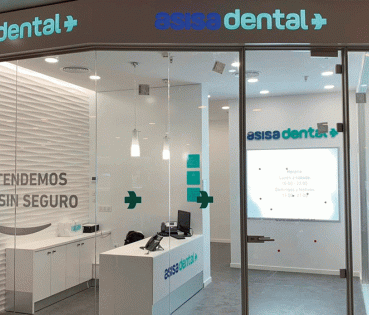
How to take care of oral hygiene for a healthy smile?
94% of young adults (between 35-45 years) in Spain have tooth decay, a percentage that increases to the entire population when they reach the age of 65.
As the WHO suggests, most oral health conditions are preventable and can be treated in their early stages. In its Global Oral Health Status Report 2022, the WHO estimated that oral diseases affect around 3.5 billion people worldwide, with tooth decay being the leading condition. This is followed by periodontal diseases, tooth loss and oral cancers.
Why do we have tooth decay?
As Dr. Teresa Vizuete, odontologist at ASISA Dental, explains, “oral health is a combination of our genetic predisposition and our habits. Proper hygiene is extremely important and should accompany us at all stages of our lives”.
In the case of dental caries, it is the bacterial plaque on the surface of the teeth that converts free sugars contained in food and drinks into acids that destroy the tooth over time.
“In children, it is typical to get emergency treatment due to baby bottle tooth decay (due to excess sugars in the diet). For adults, the pathology which affects most individuals from maturity onwards is periodontal disease (gum and bone problems that can lead to tooth loss)”.
How does tooth decay affect overall health?
There are 34 million people suffering from caries (4 million of them are children and 2.5 million are adolescents) and 5.2 million adults suffer from periodontal disease. Dr. Vizuete is clear: “If I had to identify the biggest enemy of our oral health nowadays, I would point to stress as the cause of poor hygiene caused by rushing, bruxism, smoking or dry mouth”.
It is important to bear in mind, she adds, that oral hygiene is not only involved in chewing, phonation or socio-emotional well-being, but also in the general state of health. “An oral infection can have systemic repercussions, especially in vulnerable people such as diabetics, patients with heart disease, immunocompromised patients and even cancer patients”.
Decalogue for a good oral health
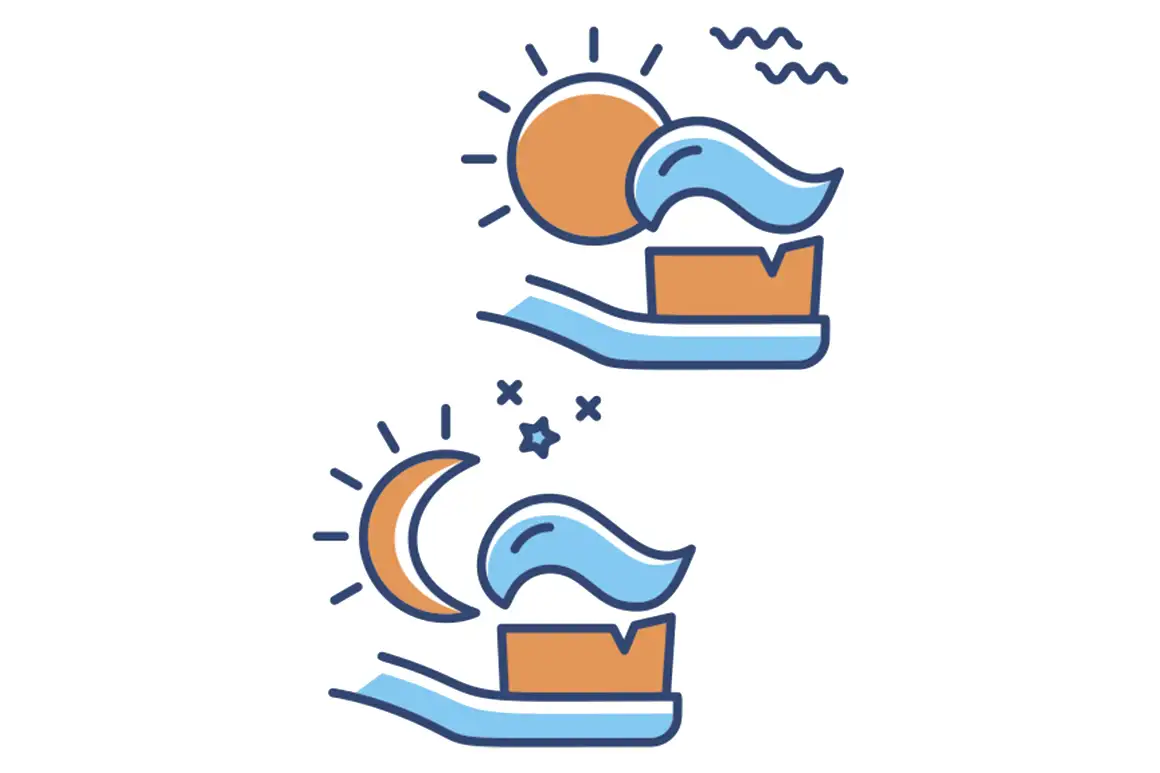
Brushing twice a day
1 of 10
We should brush our teeth at least twice a day, and if possible three times a day (after the main meals). We should never miss brushing after dinner, as during the night the flow of saliva decreases and we are less protected against the action of oral bacteria.
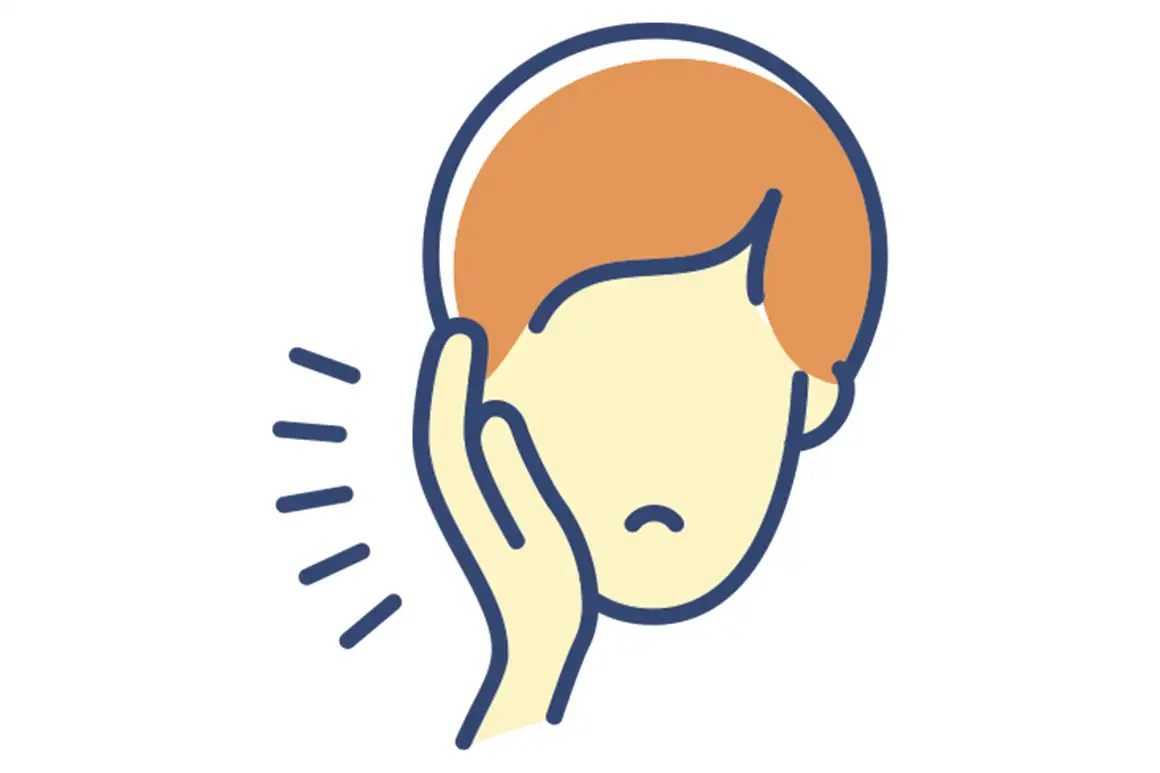
Visiting your dentist
2 of 10
Normally, we should visit the dentist once a year. If there is any pathology (e.g. periodontal disease) or any treatment that requires maintenance (e.g. dental implants), it is recommended to visit the dentist every six months.
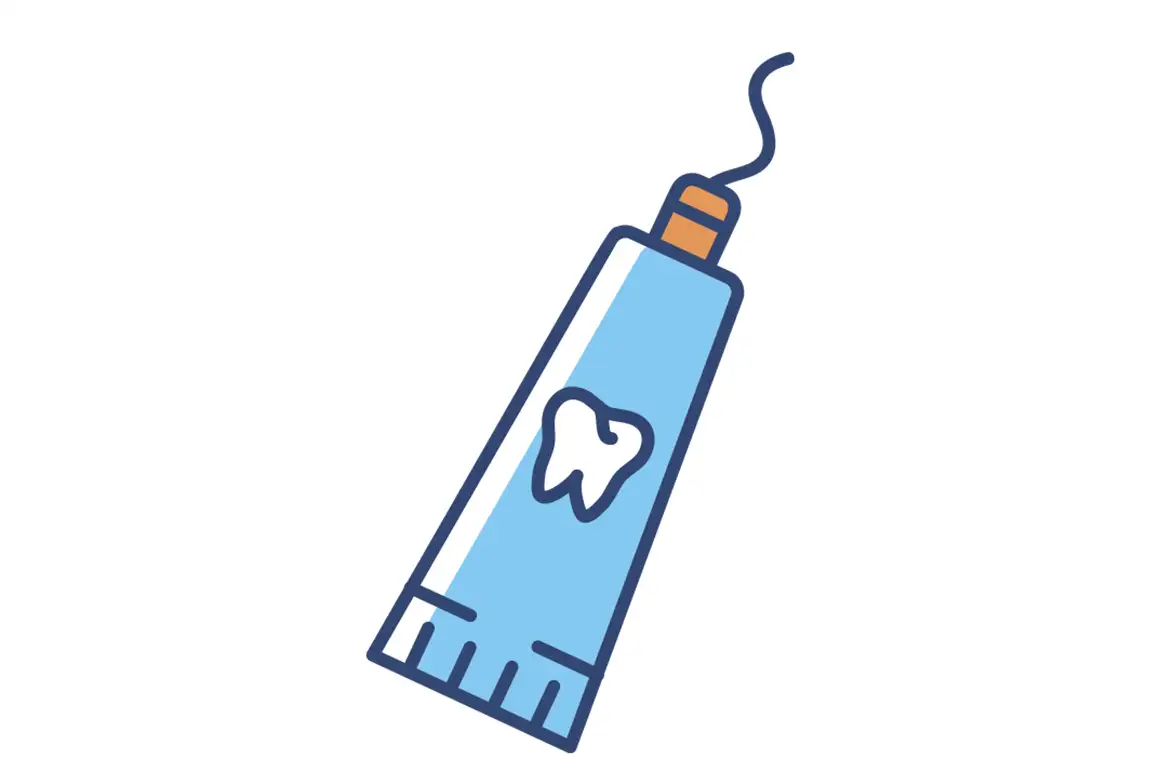
Using the right toothpaste
3 of 10
There are many toothpaste options on the market, depending on the patient’s needs: for gingival inflammation, for tooth sensitivity, for caries prevention, etc. The odontologist is the best professional to advise if a specific type of toothpaste is needed.
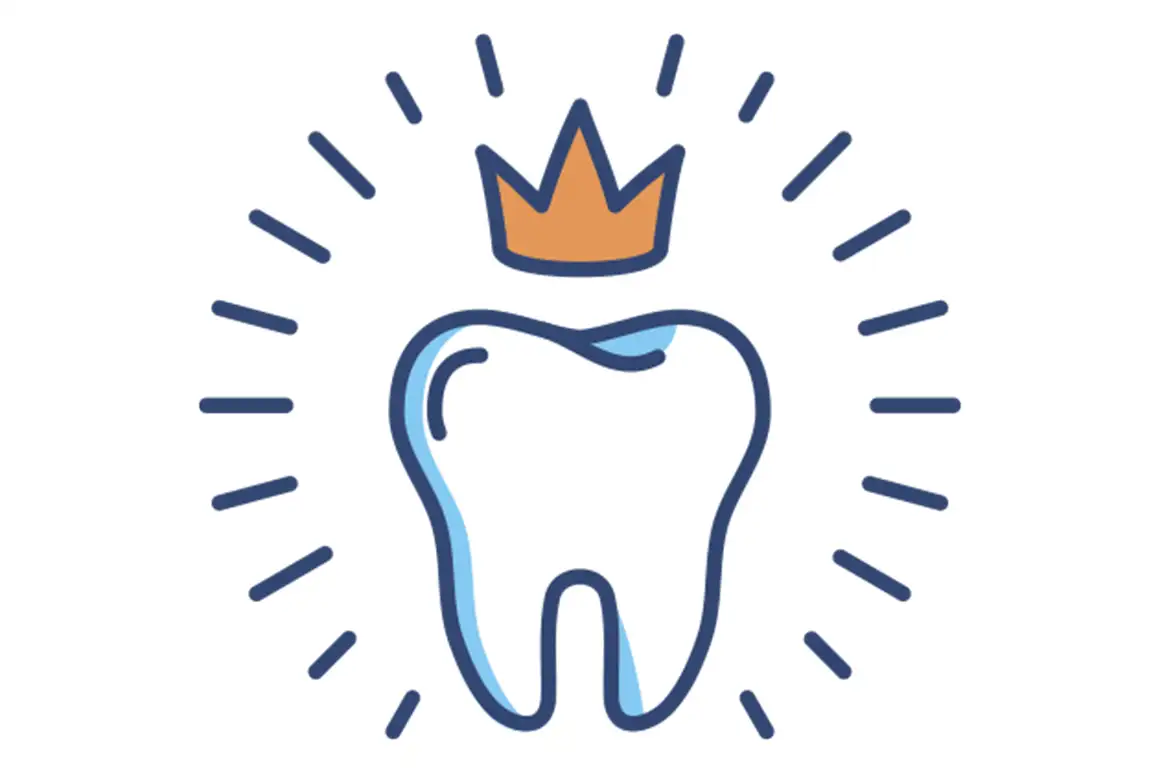
Do not use non-approved bleaching products
4 of 10
It is important to be careful with tooth whitening products, as an abraded enamel, in addition to producing sensitivity, will stain more easily, so the rebound effect will aggravate the situation. Nowadays, safe, effective and long-lasting whitening treatments can be carried out in the dental surgery.
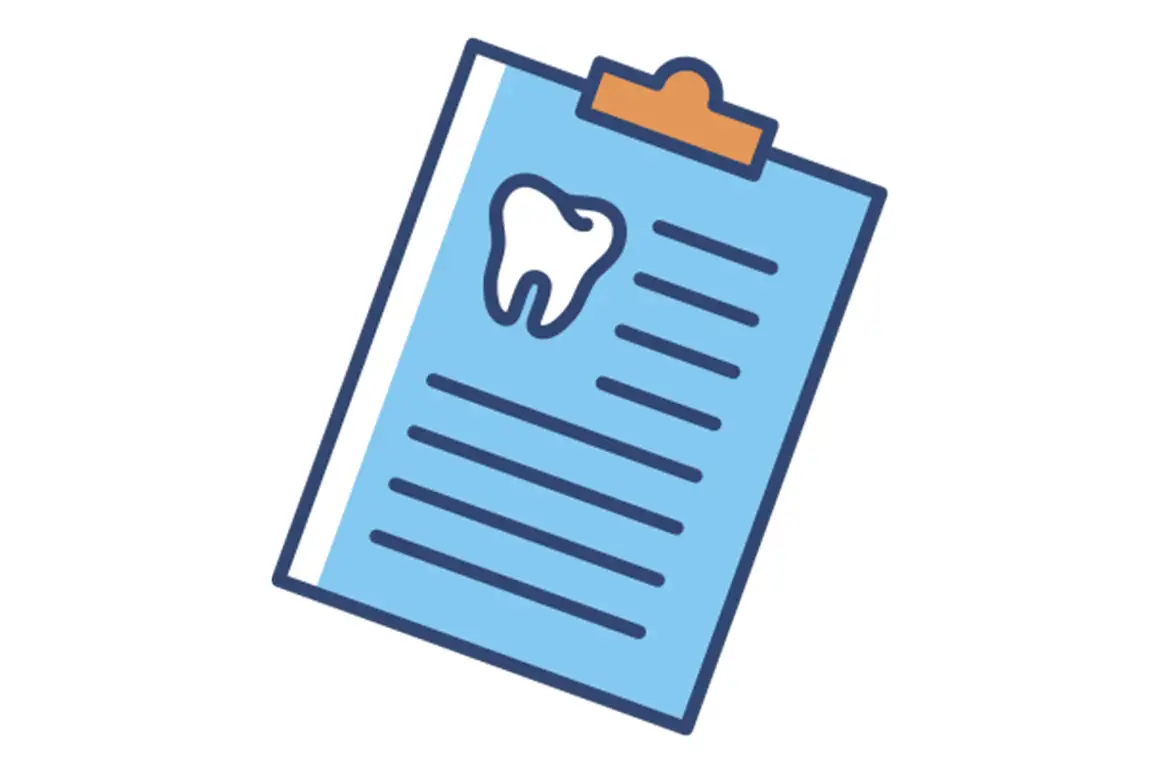
The real use of mouthwash
5 of 10
Mouthwashes are used temporarily to help recovery after certain treatments (surgery, extractions, etc.) or to combat periodontal pathologies (mainly those containing chlorhexidine in their composition). However, it should be the dentist who indicates their use and for how long, as some can cause staining, taste alterations and other side effects.
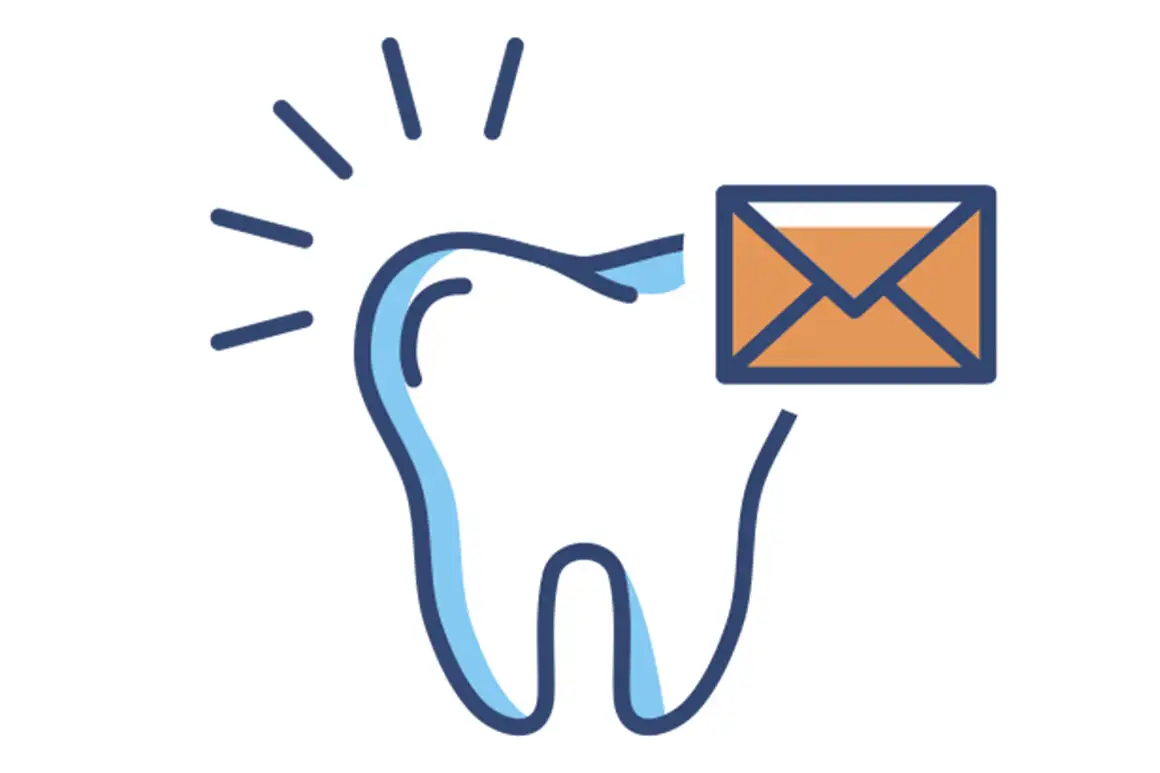
Implants must also be taken care of
6 of 10
We cannot guarantee that an implant will last for life, although its success rate is usually high. For this reason, it is very important that the patient with implants takes responsibility for their care, especially with good hygiene, regular check-ups and following the advice of the dentist.
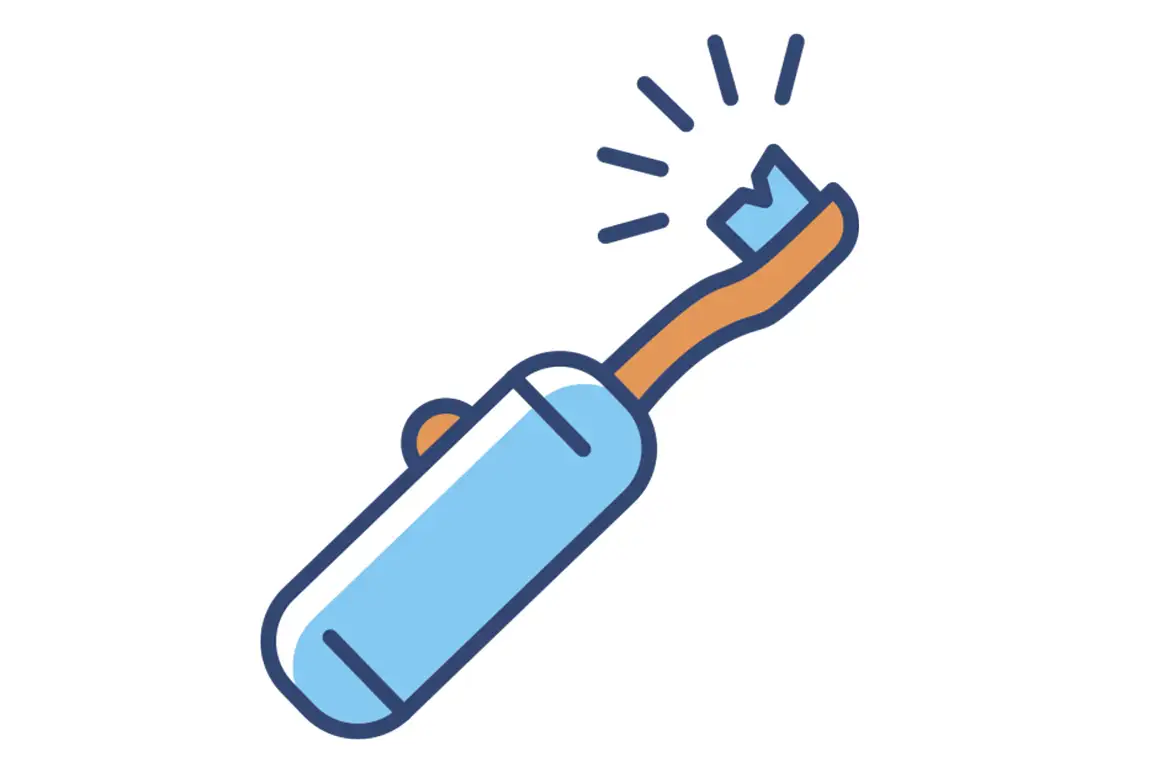
Dental floss and interproximal brushes
7 of 10
Both dental floss and interdental brushes are accessory tools for brushing to remove plaque between the teeth. It is important to clean these areas because they accumulate a lot of plaque, which can lead to cavities and gum problems.

Taking care of diet
8 of 10
Food is one of the of the factors that generate bacterial plaque inside the mouth. Sweet foods, for example, promote the appearance of caries, and very acidic foods attack tooth enamel. It is essential not to consume too much sugar in the diet and to avoid tobacco and alcohol, which are also responsible for bad breath.
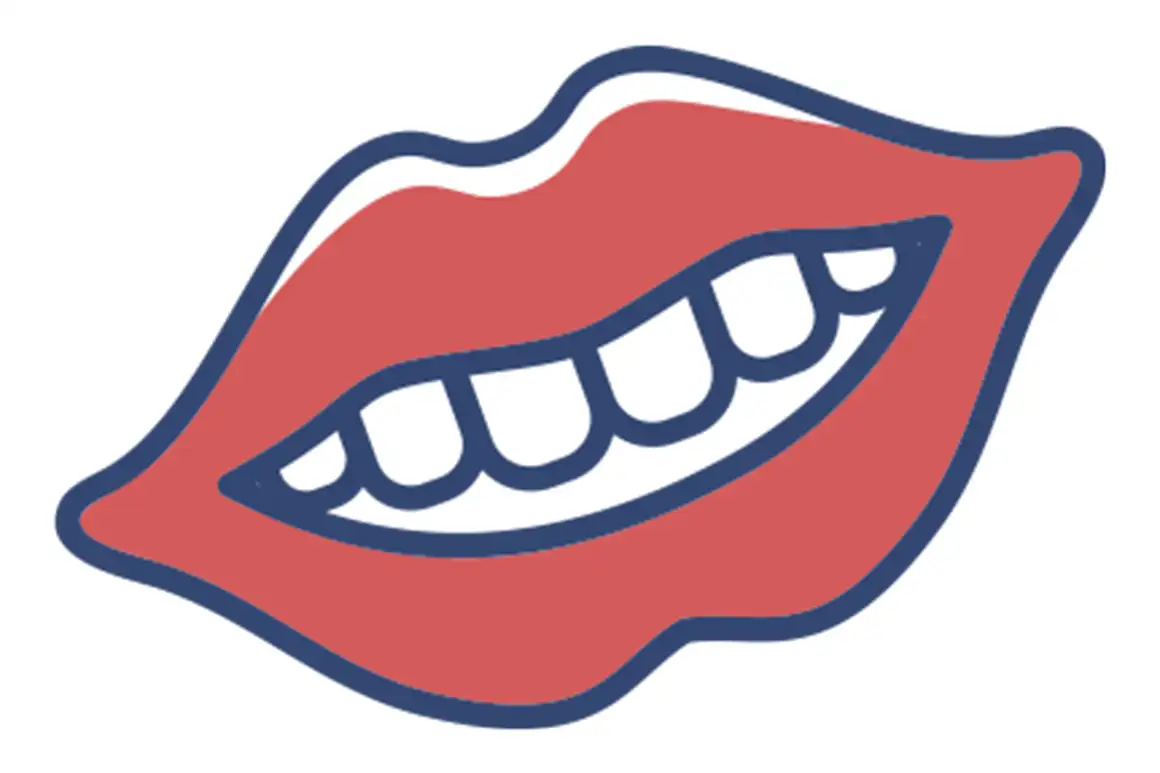
Don't forget your tongue!
9 of 10
Plaque build-up on the tongue, in addition to causing bad breath, can lead to oral infections and can aggravate common dental problems. Specially designed tongue cleaners are available in pharmacies, although a toothbrush is usually sufficient.
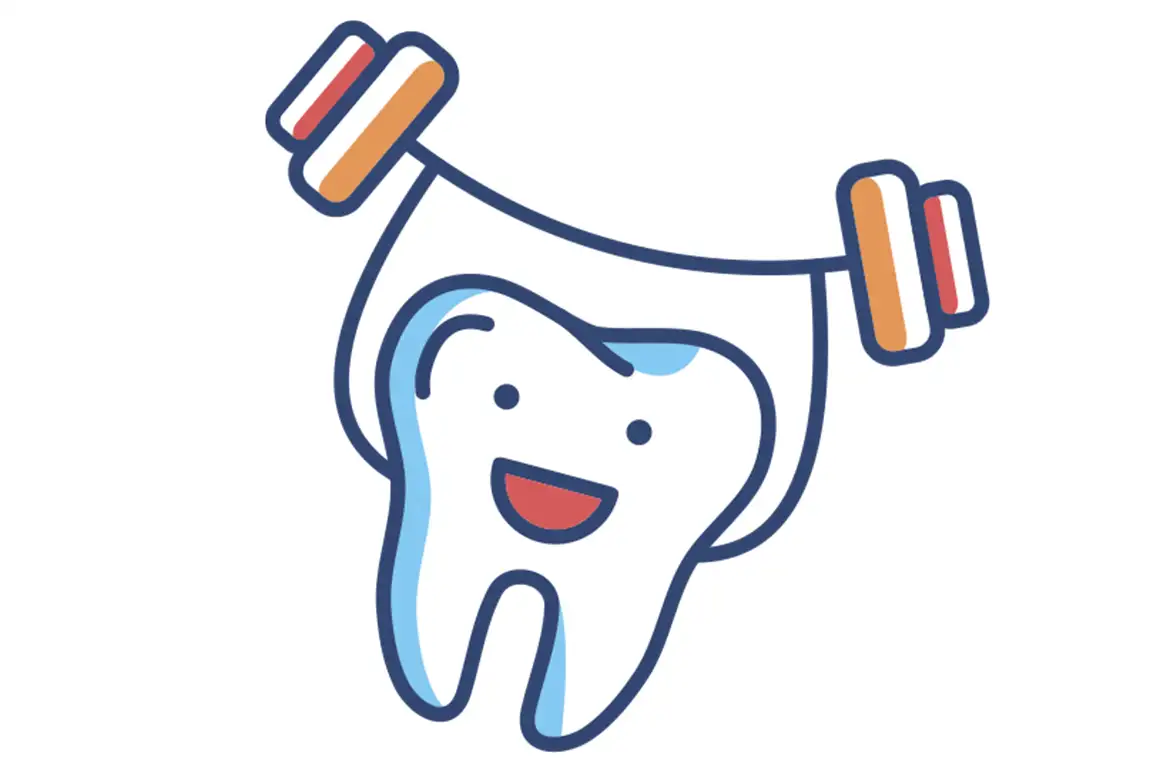
Performing a dental hygiene once a year
10 of 10
Tartar cleanings (tartrectomy) are not only harmless to the enamel, but are periodically very healthy for gingival health. It is recommended to perform them once a year to remove dental calculus or mineralised mass adhering to the teeth that could not be removed by brushing.



